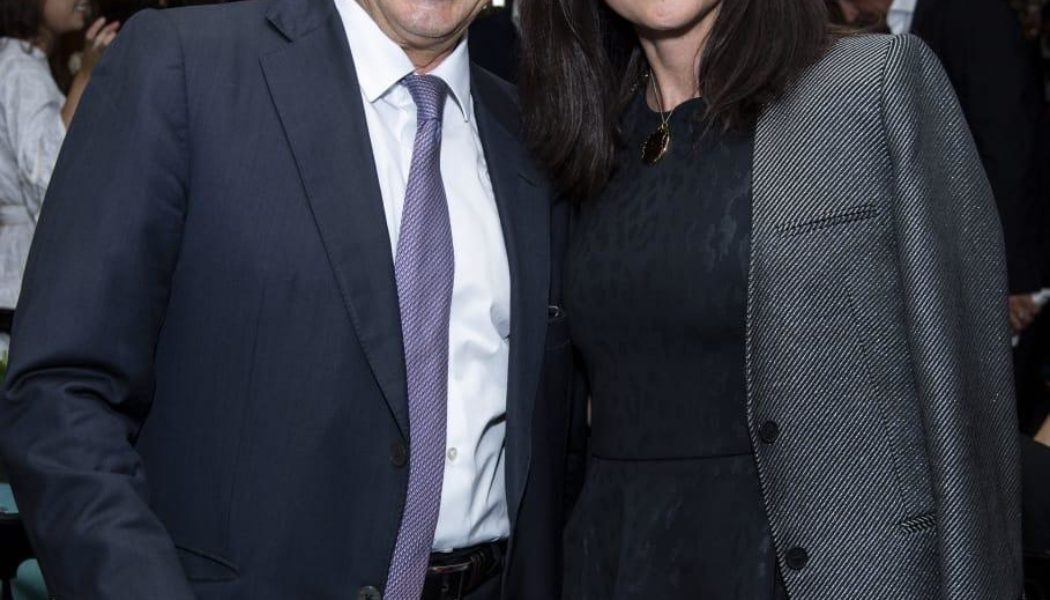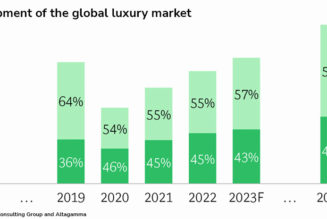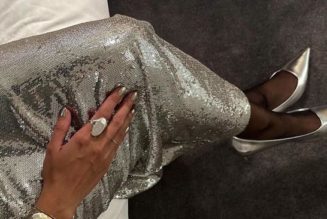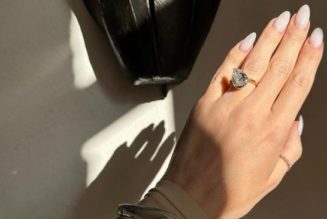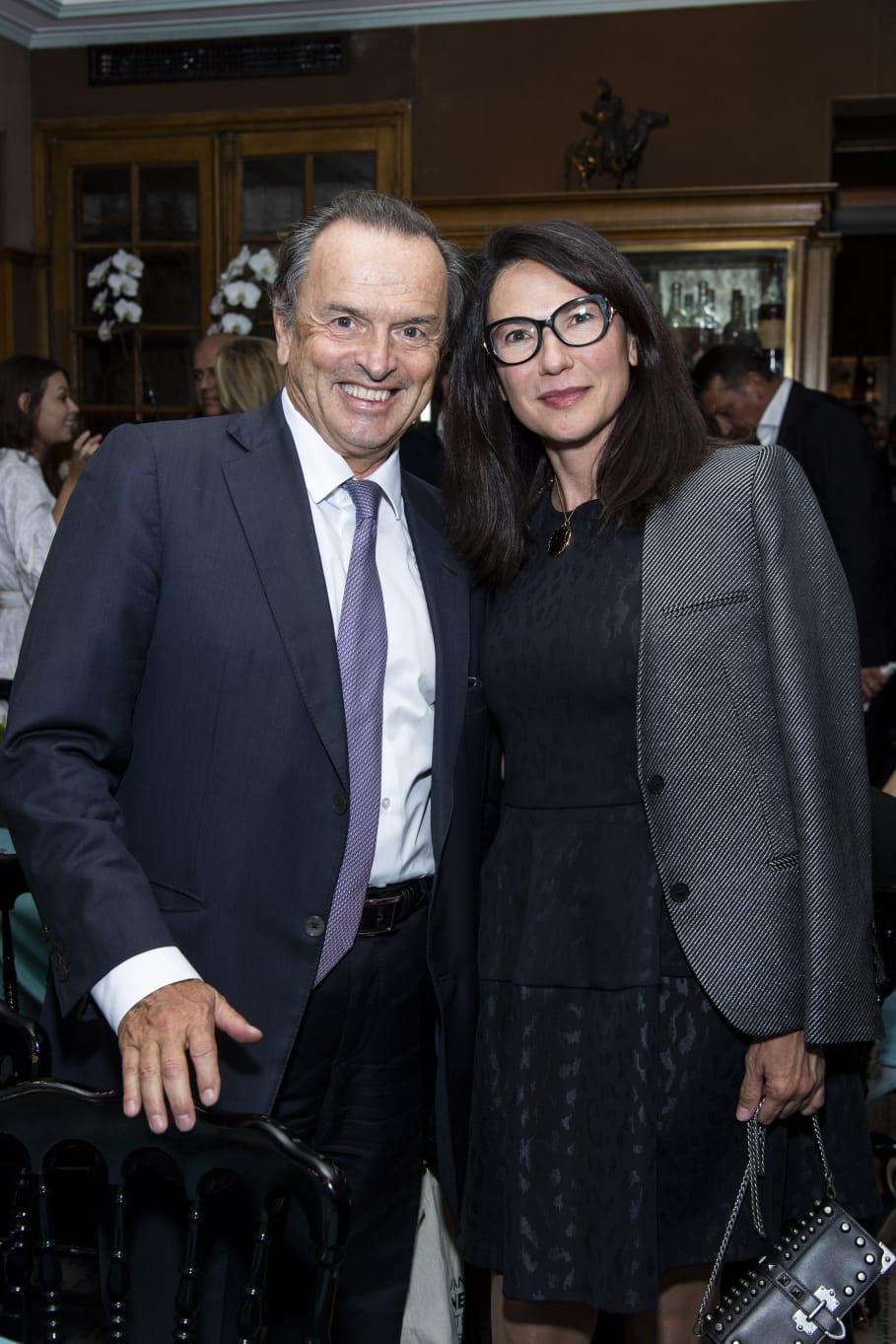
Two former Cartier executives have partnered to create a firm that combines a traditional consultancy for luxury brands with a disruptive mentality. It brings together social media, web design, brand development and business strategies for companies that produce high-tech luxury products and traditional luxury goods.
“We’re bringing up innovative and disruptive ideas from the traditional market,” says Mariana Serban, founder of Elements Innovate based in Paris.
Serban is a veteran luxury executive with a varied cross-cultural career in France and Japan. She also has a strong educational background in Japan in international studies and business, and is a certified gemologist. In her career she was able to combine her intellect and cultural knowhow with a seemingly natural talent for sales.
After working in sales for Bulgari in Japan she landed her dream job with Cartier and moved to Paris to work high jewelry sales at the Cartier flagship boutique on Rue de la Paix. She sold high jewels to Cartier’s private clients, earning the informal title of “grand vendeur” (great seller) for her exceptional sales record. After eight years she moved to become the director of high jewelry sales at Graff, helping to open the diamond brand’s Place Vendôme boutique. Since then, she has been a consultant, entrepreneur and educator.
The newly renovated Cartier Paris Flagship Elements Innovate client, WeMoove integrated touchscreen … [+]
It was at Cartier where she met and worked with its Stanislas de Quercize, whose storied career included top positions at Richemont-owned brands Alfred Dunhill, Montblanc, Cartier and Van Cleef & Arpels. He now serves on the boards of several luxury brands in Paris.
The pedigree of the two is undeniable and both view the transformation of the luxury industry through the same lens. From social media to ecommerce to Web 3.0 and NFTs, the cumulative effect on manufacturing, supply chains, marketing and selling of luxury goods has been profound and well documented.
Working with these myriad issues is perhaps the reason Elements Innovate has attracted such a diverse clientele. It includes WeMoove, which produces digital screens for luxury uses, luxury jewelry and watch brand, Piaget, fine jewelry brand, Yael Designs, 58 Facets, a jeweler who produces bespoke pieces, and Ferreira Gems, which specializes in the mining and distribution of Paraiba tourmalines.
Aquamarine, Tanzanite 18k white gold Bangle by Yael designs, an Elements Innovate client
There was a time when luxury companies were at the forefront of technology and innovation (as an example timepieces were once used to navigate the world by sea). Now luxury brands have relinquished this technical innovation. Serban and de Quercize say they aim to take it back. They describe the new company as a multi-layered bridge.
“Mariana believes in building bridges,” de Quercize says. “We have a bridge between two generations and two genders. A bridge between technology and knowledge. That is her talent. She creates marvelous stories that build value for the clients, value for employees, value for the shareholders and value for the planet. It’s a win, win, win, win.”
“I think this is really what makes our story,” Serban adds. “We have definitely added value for the brands because we build bridges. We bring the expertise and the desire to make things better.”
Transmission is a word the two use a lot in describing how they see their roles. This includes products, brands and their place in the world.
“The idea is really to help go from a society of consumption to society of transmission from an old ecosystem to a new ecosystem,” Serban says. “This is transmission, helping to develop something that has more meaning and more impact.”
The issues they identify as changing the luxury economy, certainly isn’t news but many luxury companies are still grappling with how to manage this change.
The first is pre-owned, or as they like to say, “pre-loved” merchandise. Watches are already well in the forefront of this. The Swiss firm, LuxeConsult, reports that in 2022, pre-owned watch sales rose by 20 percent year-over-year to $27 billion and are projected to surpass the sale of new watches within 10 years.
The two luxury veterans say there’s a huge opportunity in jewelry and even more room for growth with watches. They say so many of these items are being stored in drawers, never used. De Quercize says he led the move for Cartier and Van Cleef & Arpels to buy back their jewels in order to resell them as important heritage pieces or keep them as part of their permanent collections. It created new markets for their vintage jewels while using their permanent pieces for museum-quality exhibitions around the world.
“At the moment, the trend is on pre-owned, pre-loved,” de Quercize says.
The other innovations for luxury brands are Web 3.0 Metaverse and NFTs (non-fungible tokens). Again, recognizing these innovations as being part of the future (and present) of the business of luxury isn’t new or groundbreaking. However, few in the luxury world have figured out a way to take advantage of these advancements.
“There’s big interest in the luxury business for NFTs and Web 3.0,” Serban says. “As you know we are avantgarde, so we need to show and support these trends. We are working on an NFT project that will come out in March.”
De Quercize compares these digital innovations to branches of tree that extends luxury brand message in new ways.
“For me, NFTs are a new, fabulous treasure because you can share it, you can buy it and the Metaverse is a where branches of the tree spread further than the roots in a way that you can host events that are not only ephemeral and local, but are also eternal and universal.”
Branching out is certainly good in this era of digital communication and sales, but Serban, with her experience in providing exceptional customer service for VIP customers, also notes the importance of a tree’s roots.
“It’s just about customers,” she says. “The brands they need to know this. The world is moving and changing, but there needs to be equilibrium. It’s about human relations. I see brands that are very good online and on social media. But when it comes to real life, when it comes to actually consuming, or if it is just simple logistic problems, they don’t know how to deal with it. They forget the human touch. Sometimes it’s as simple as just picking up the phone and speaking to the client. The new era is coming in and how do you accommodate that with the old era. From a practical point of view, it’s about the customer. It’s just as simple as that.”
